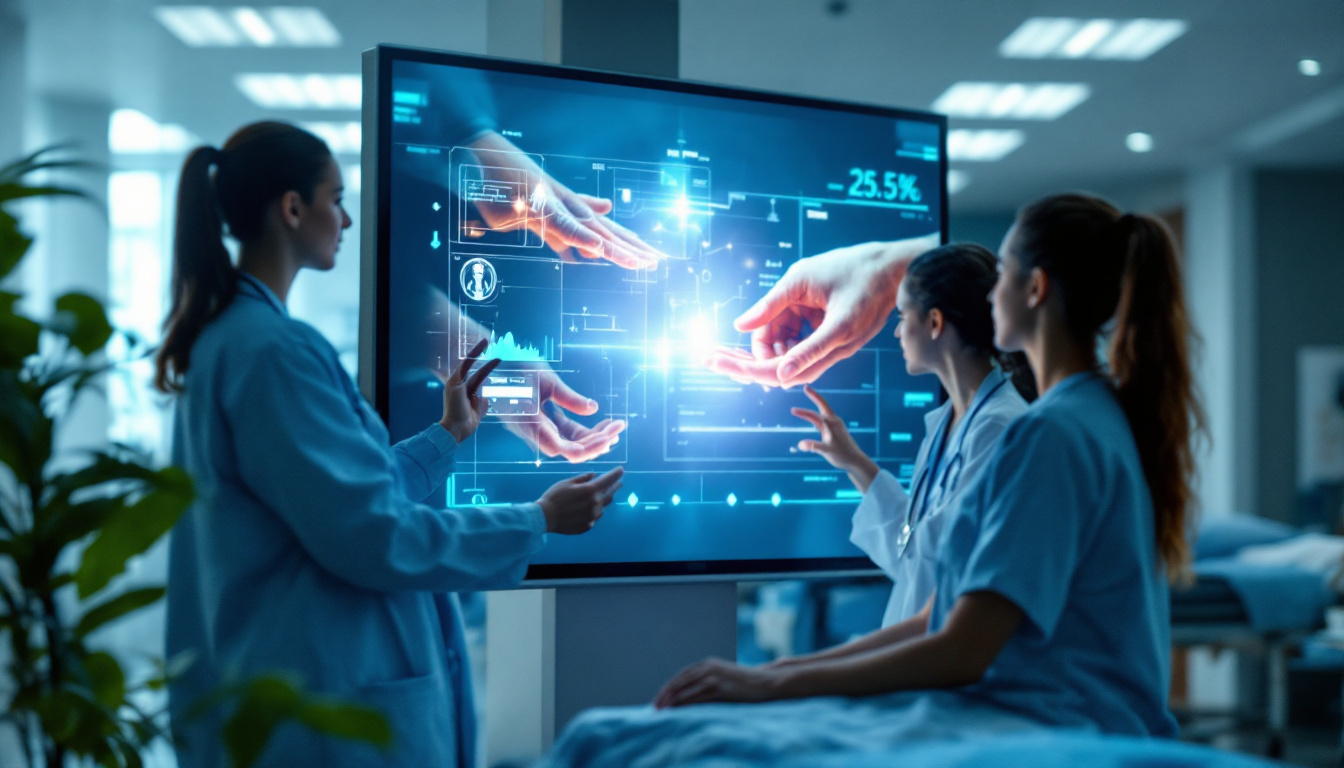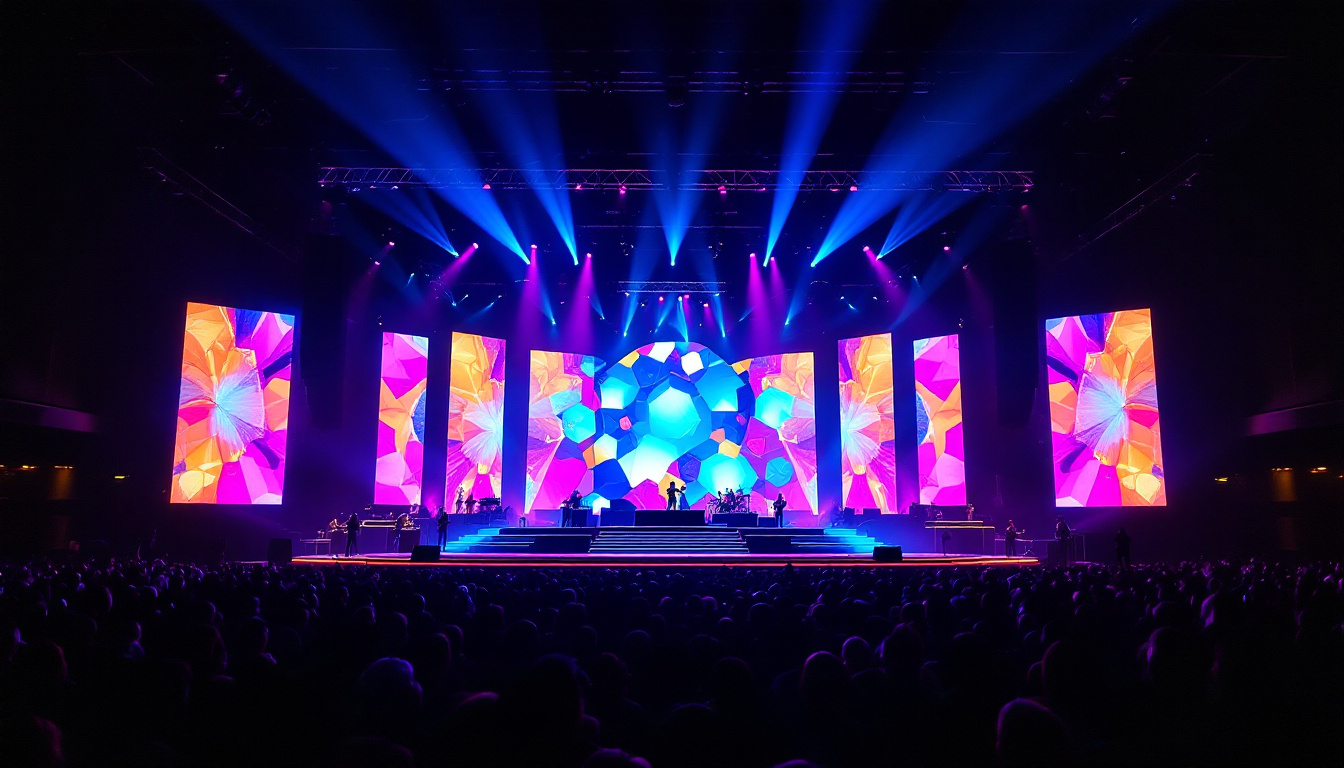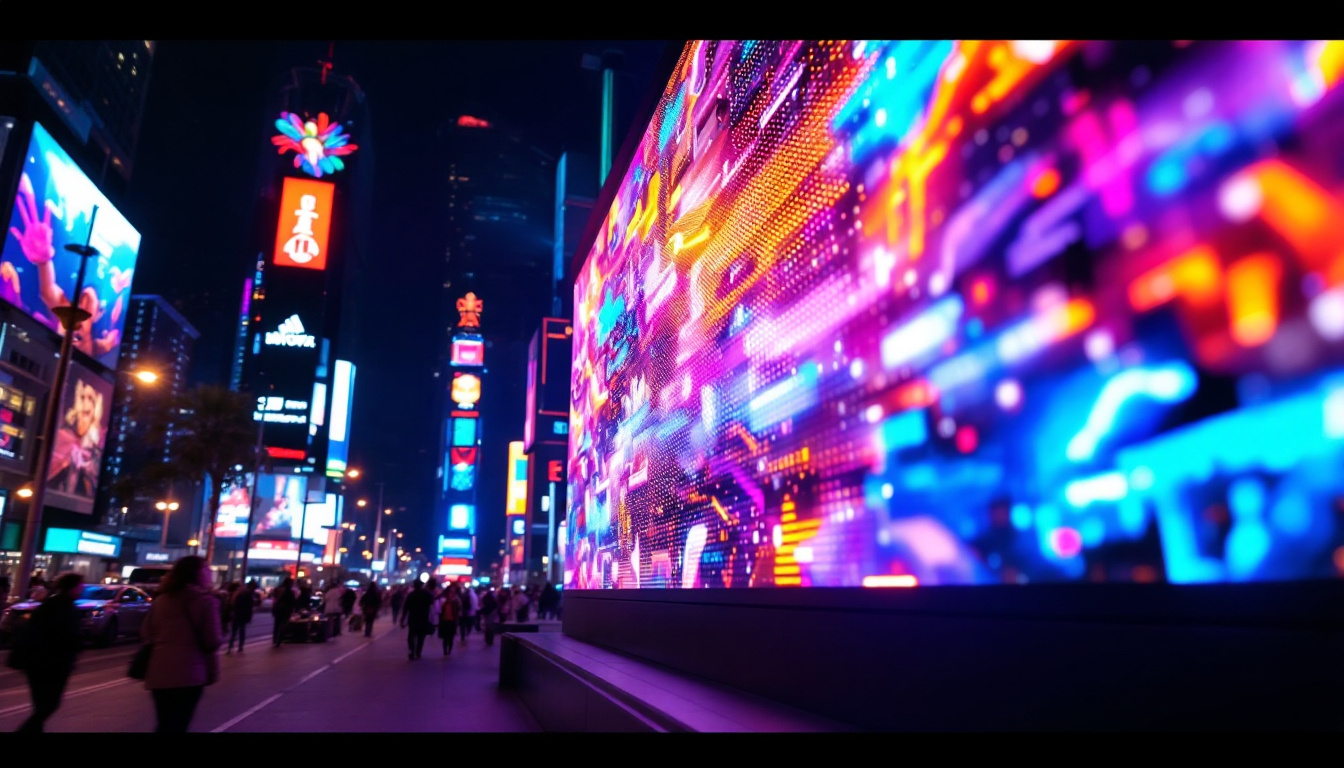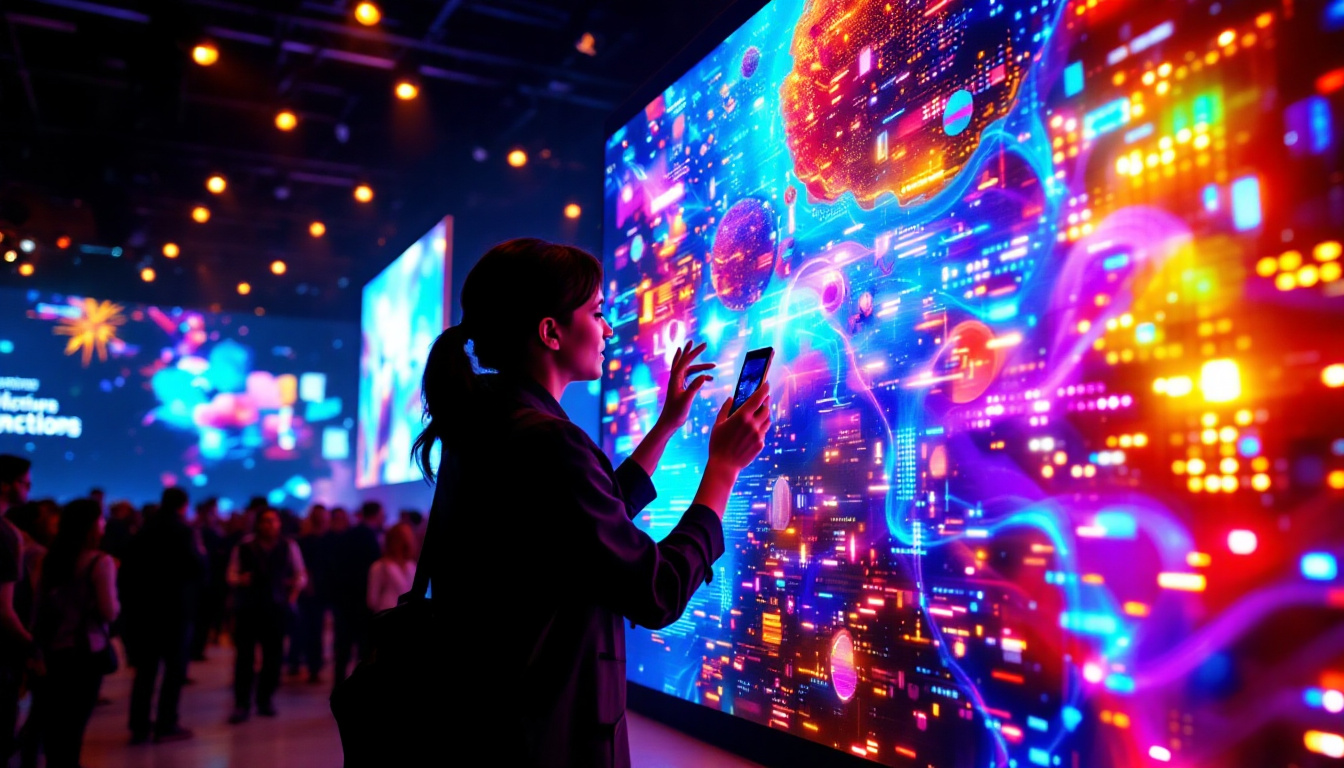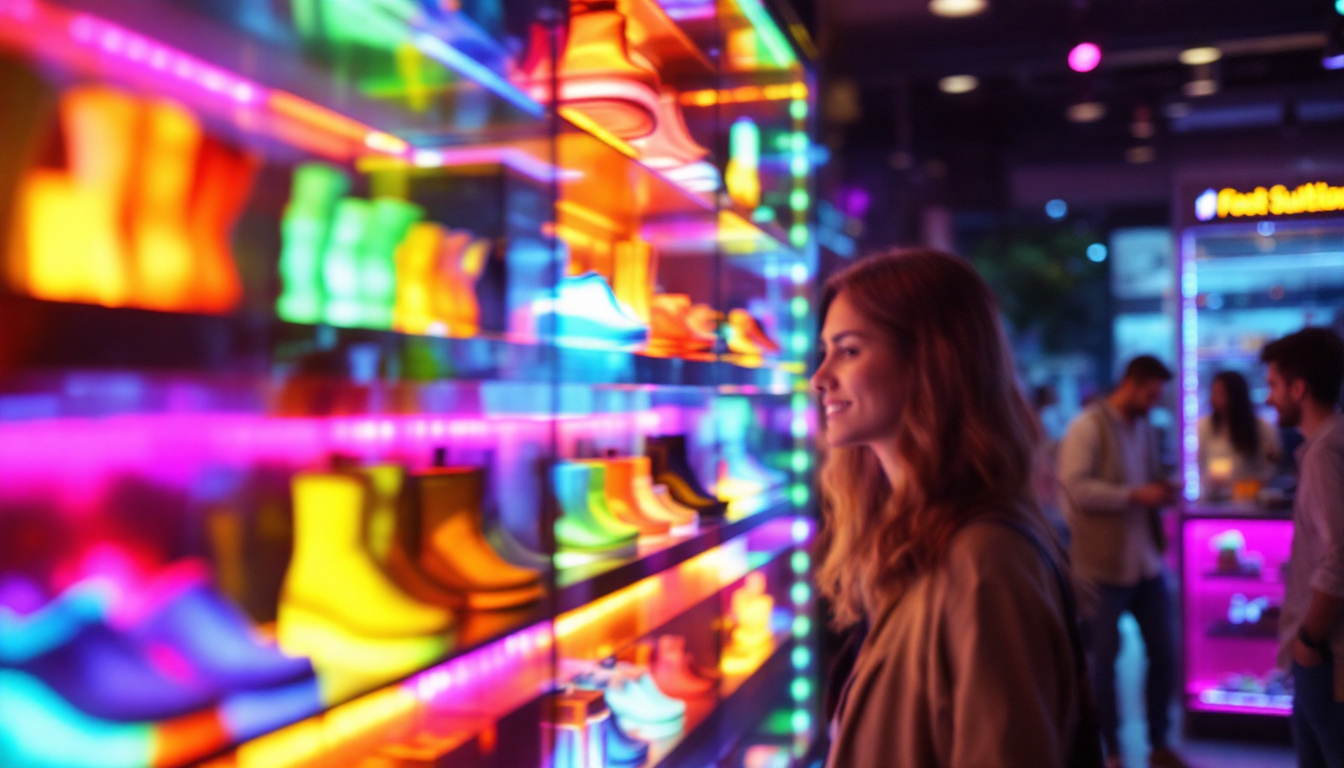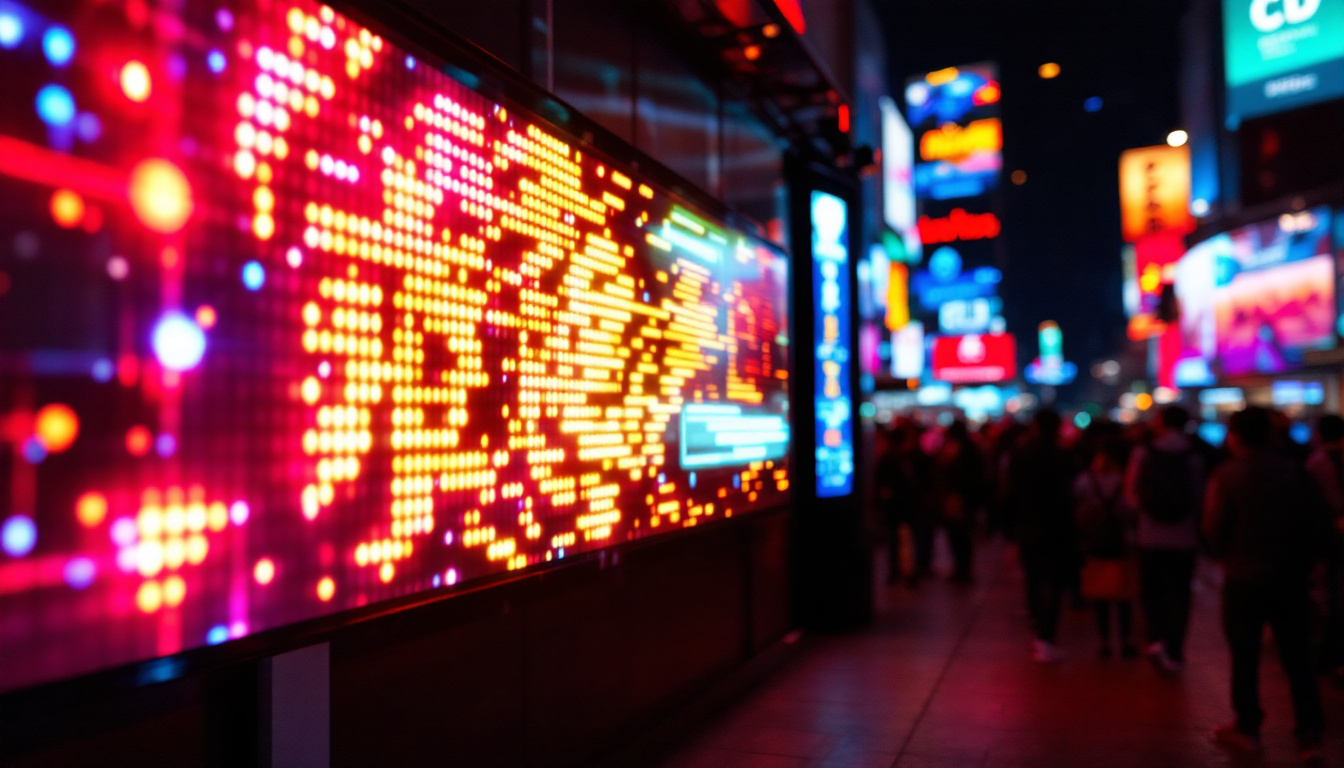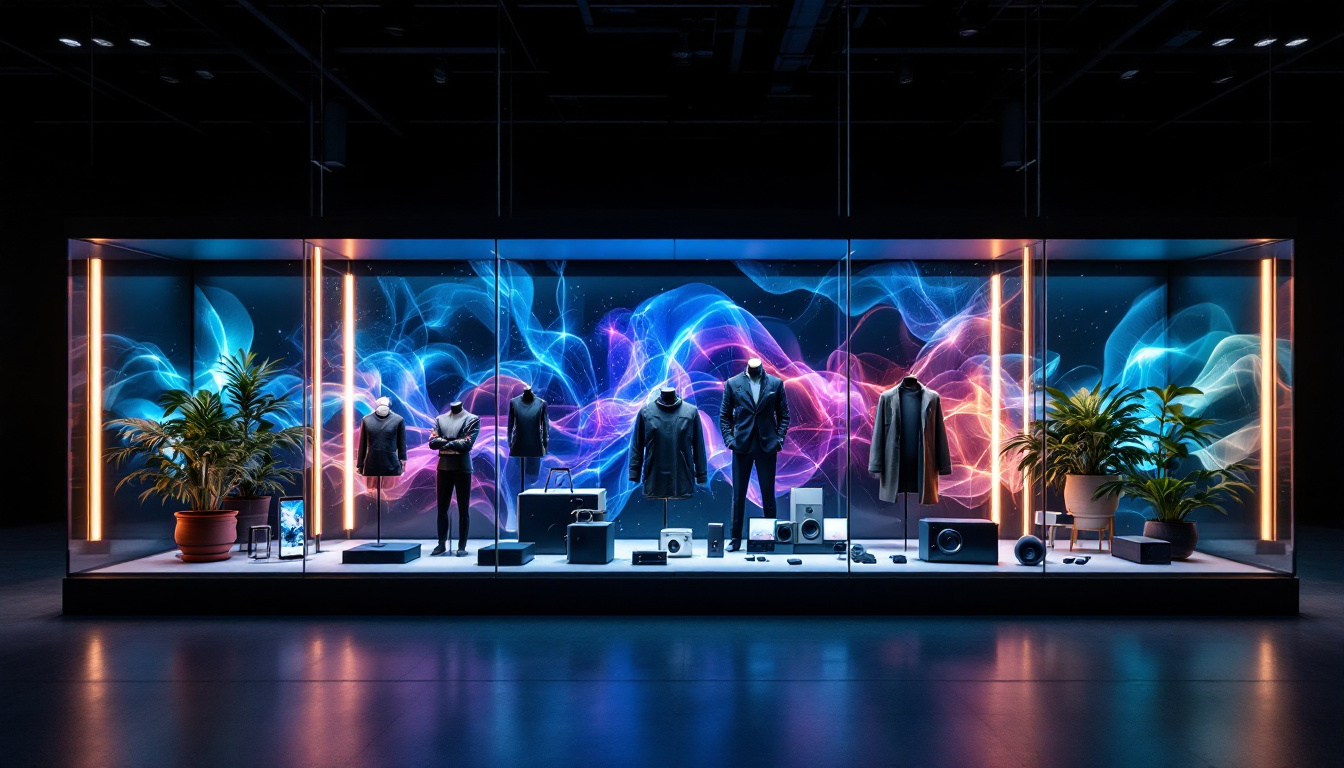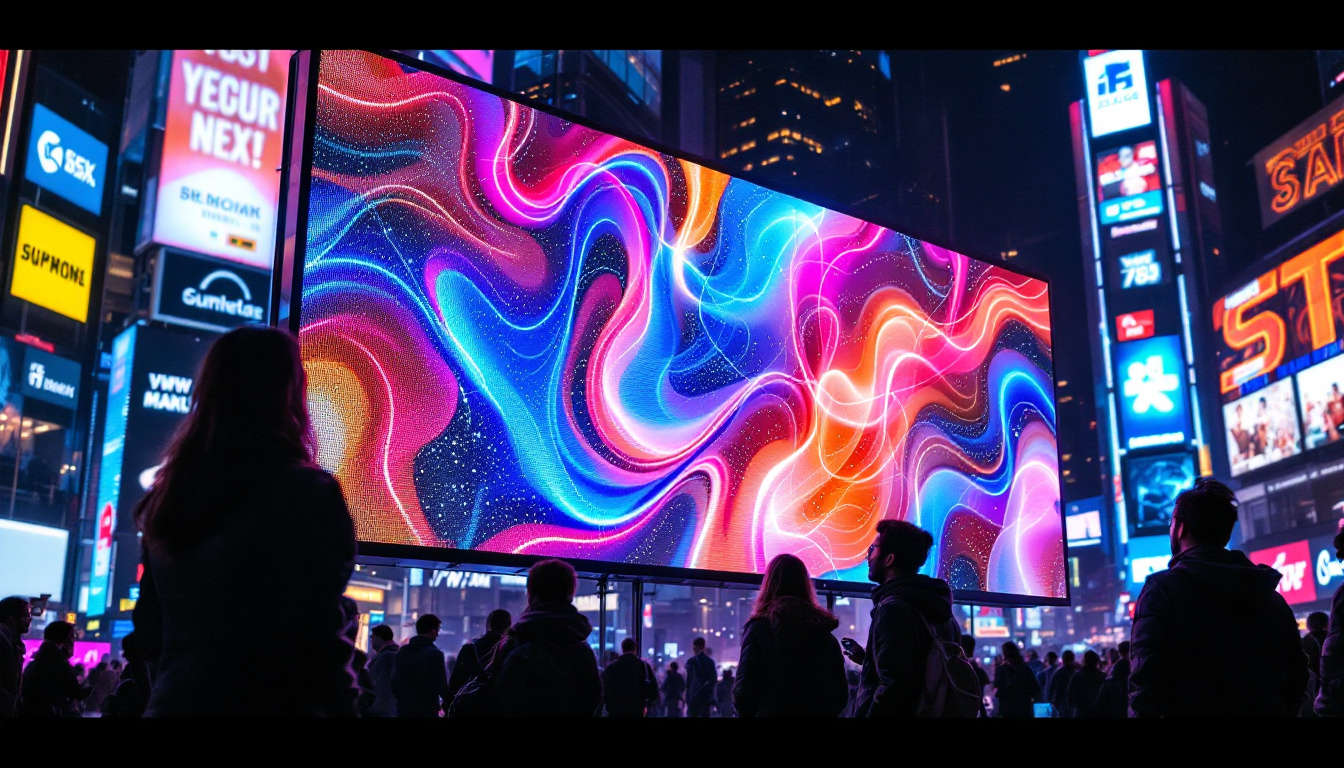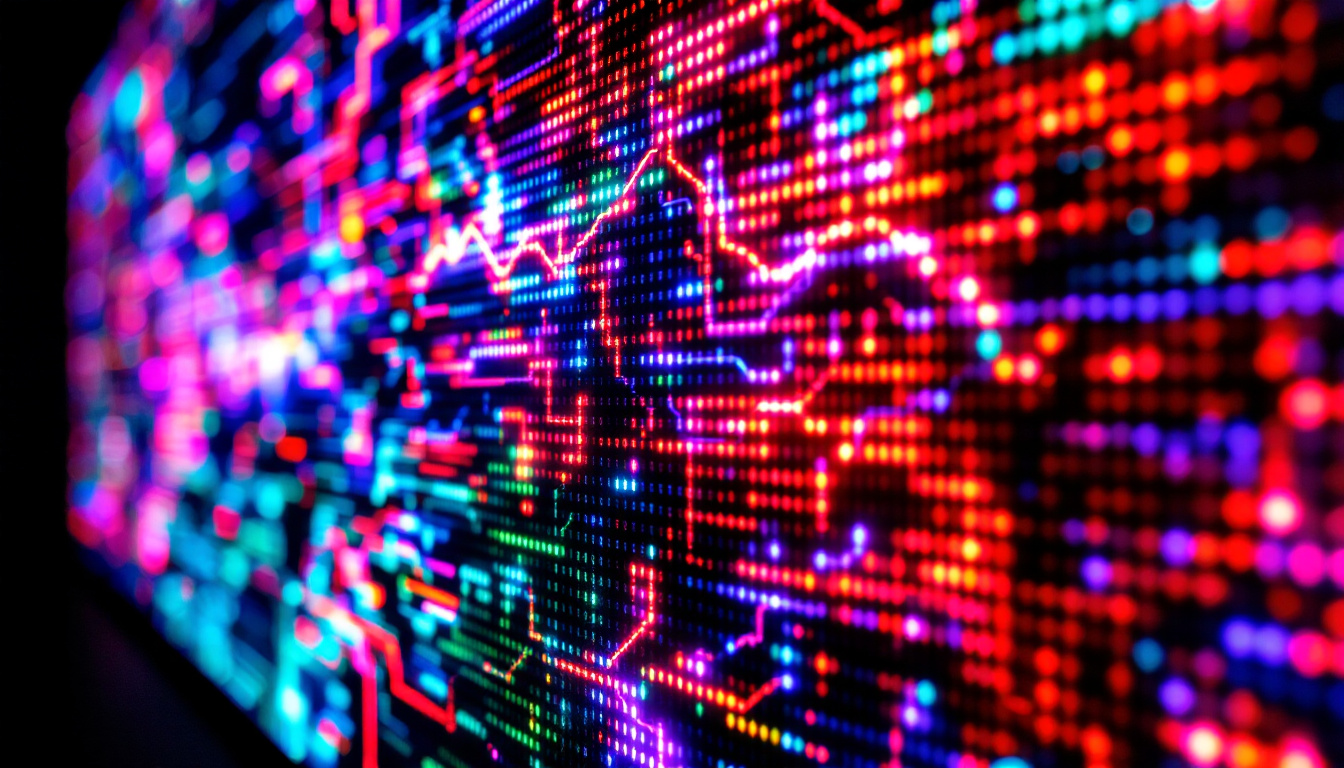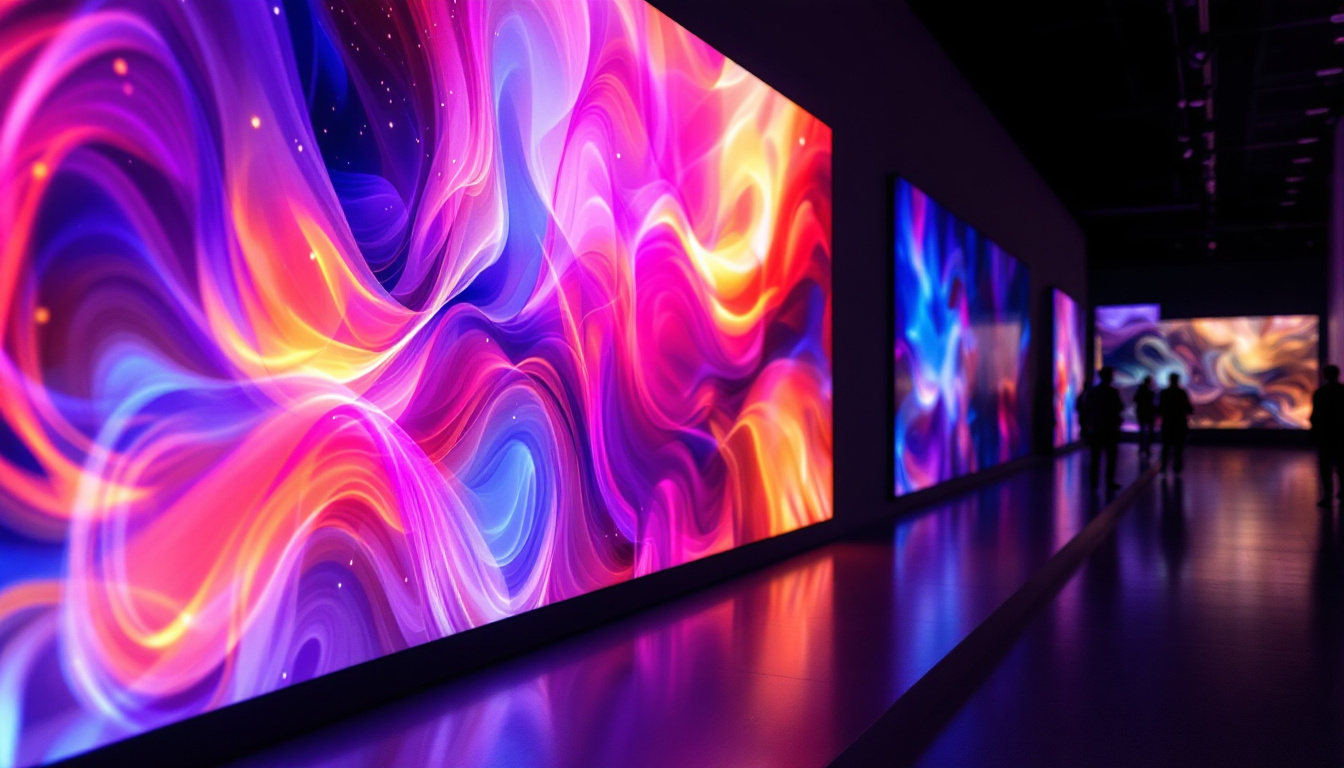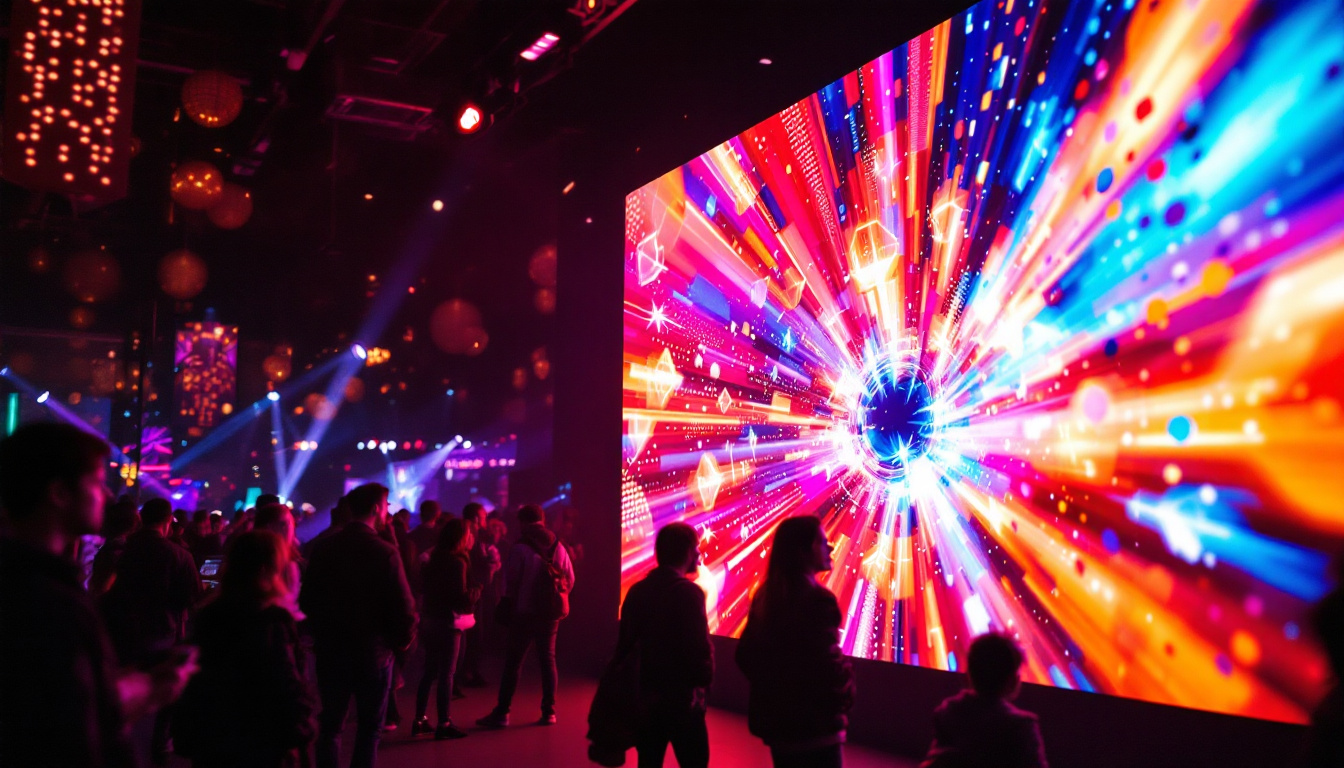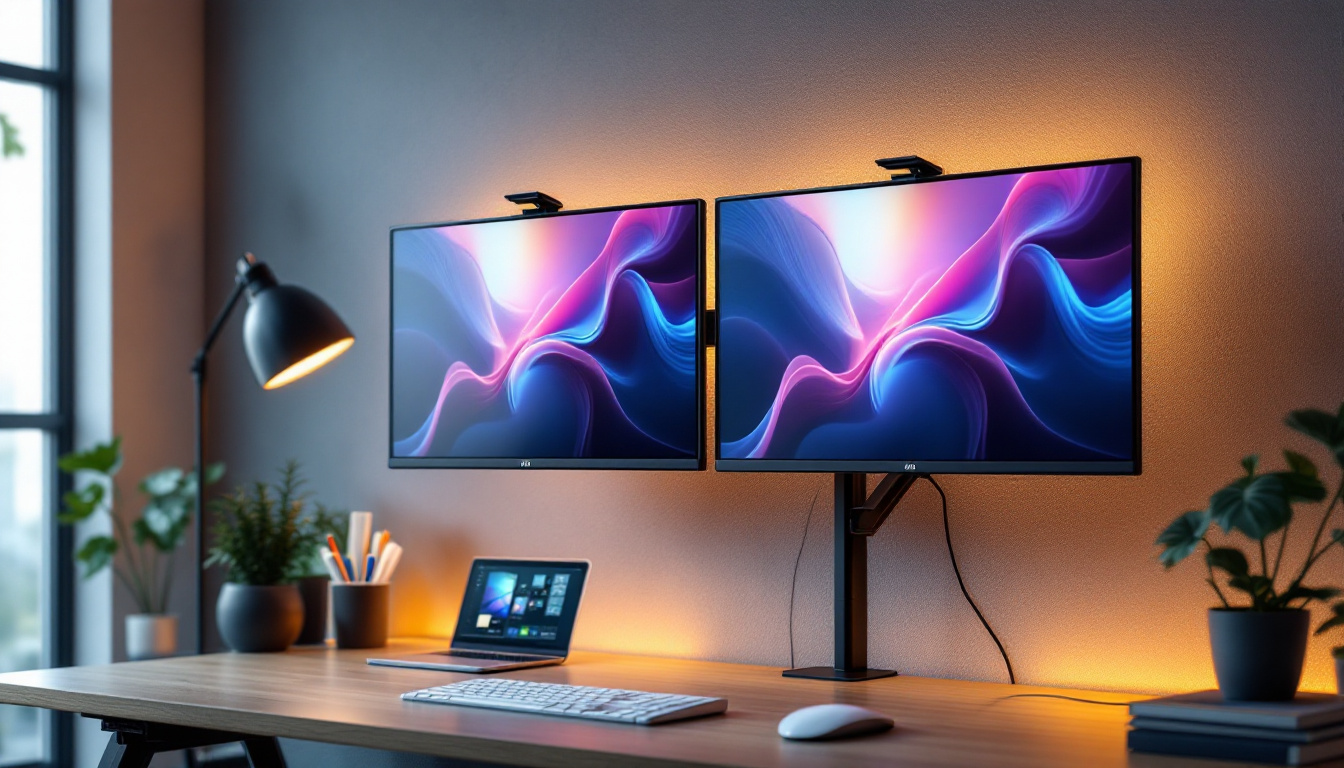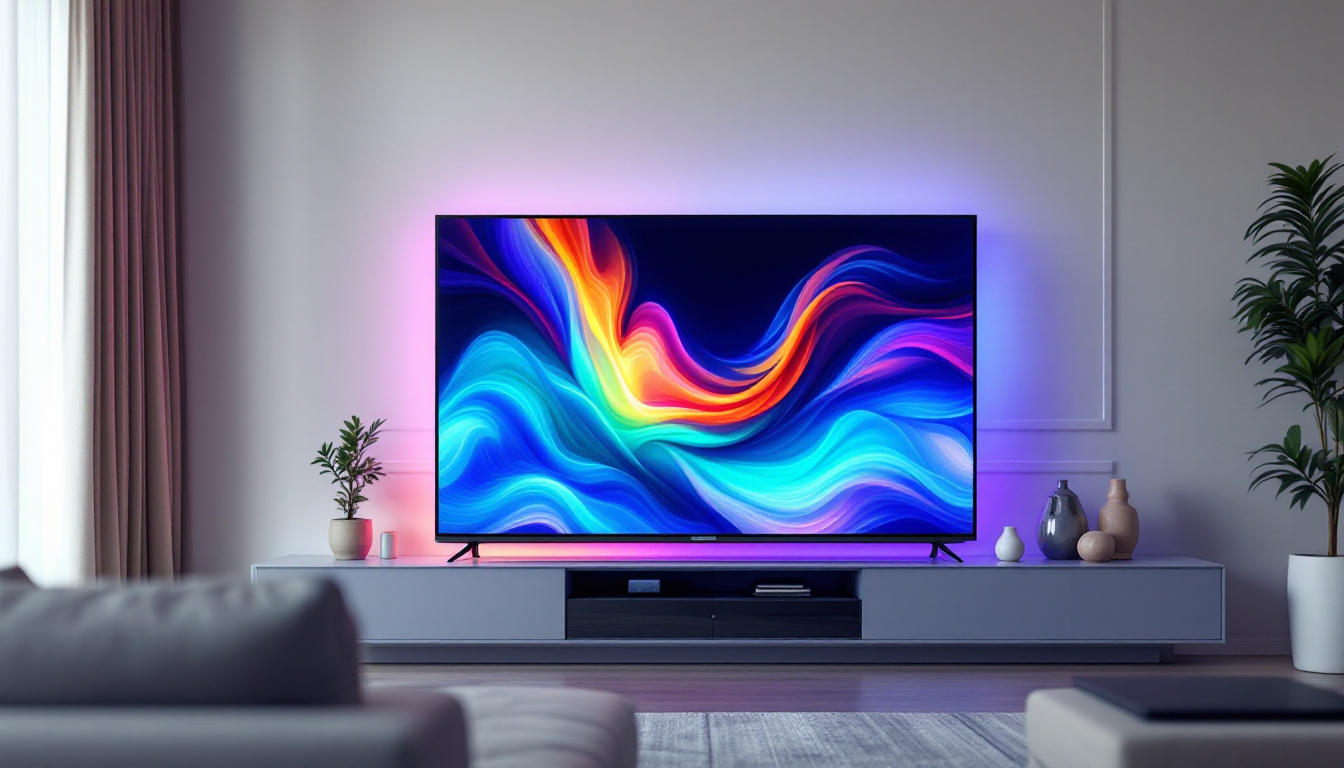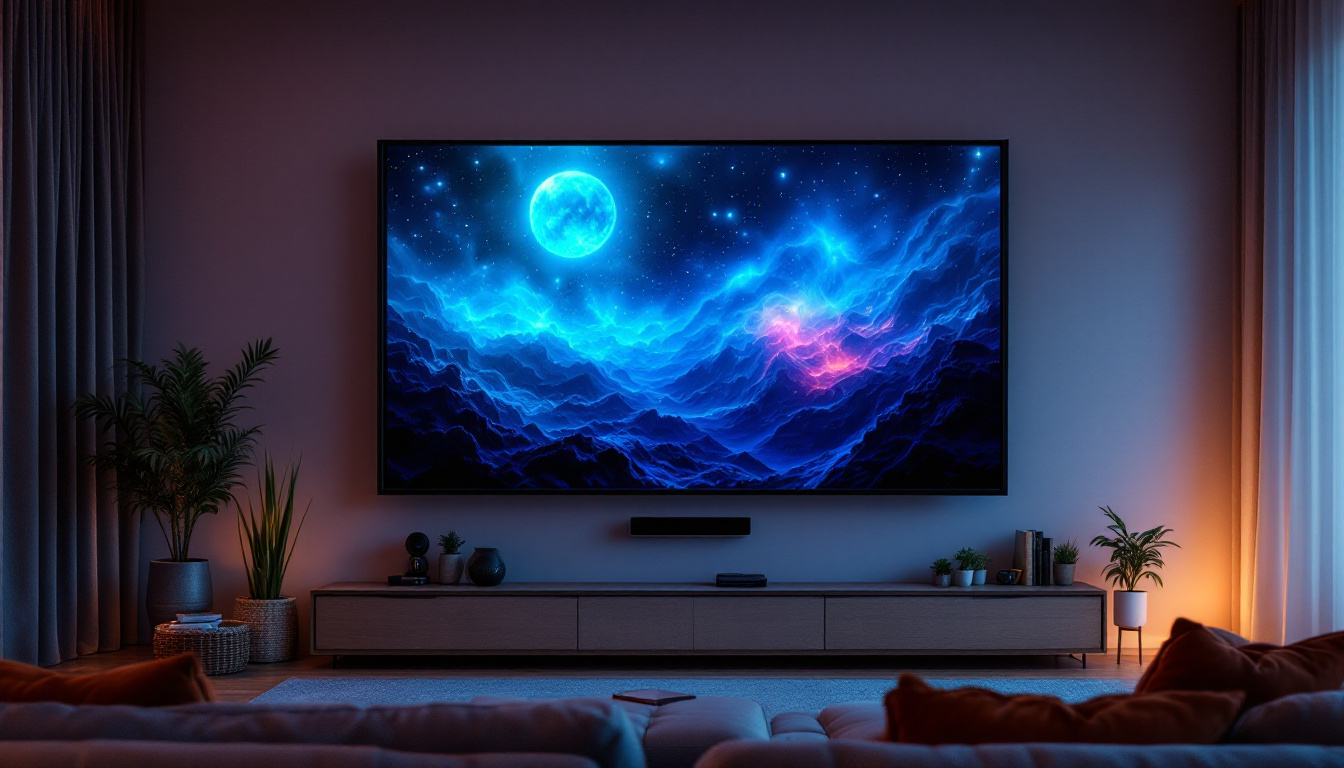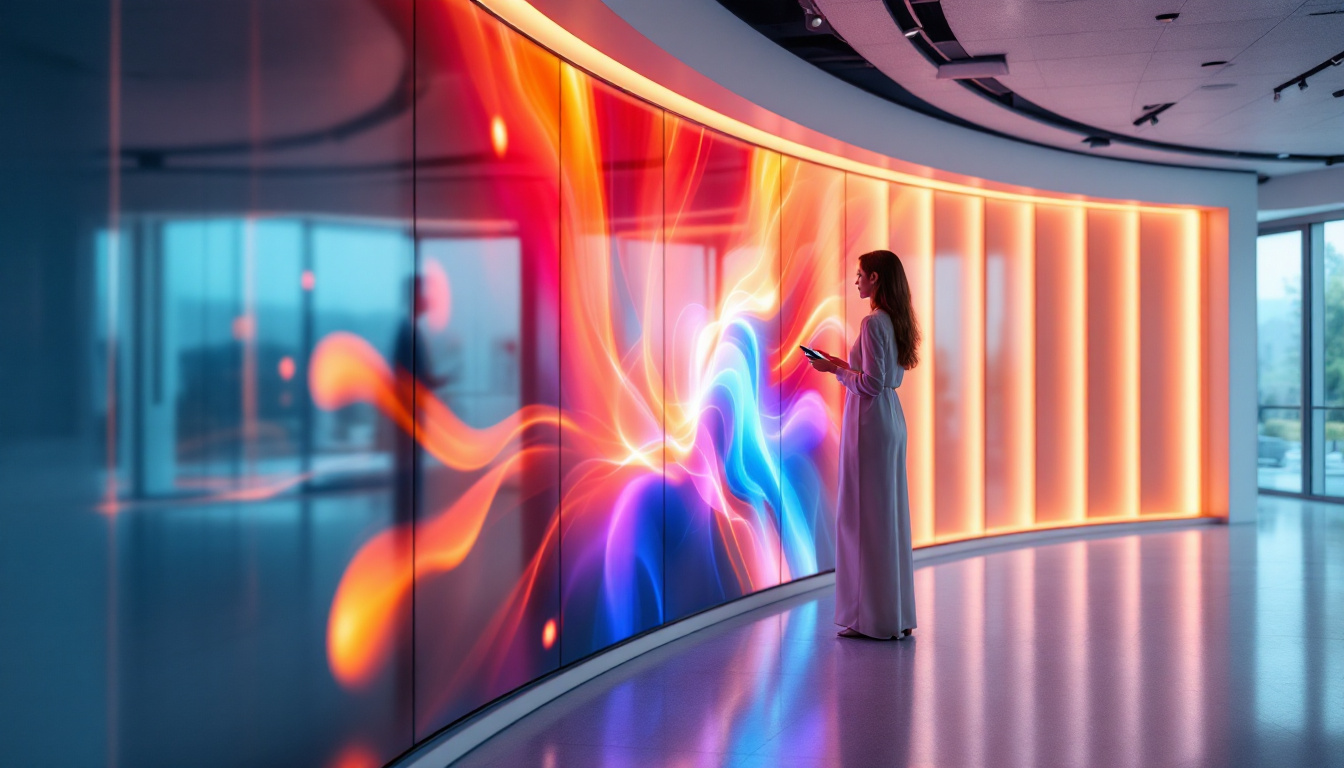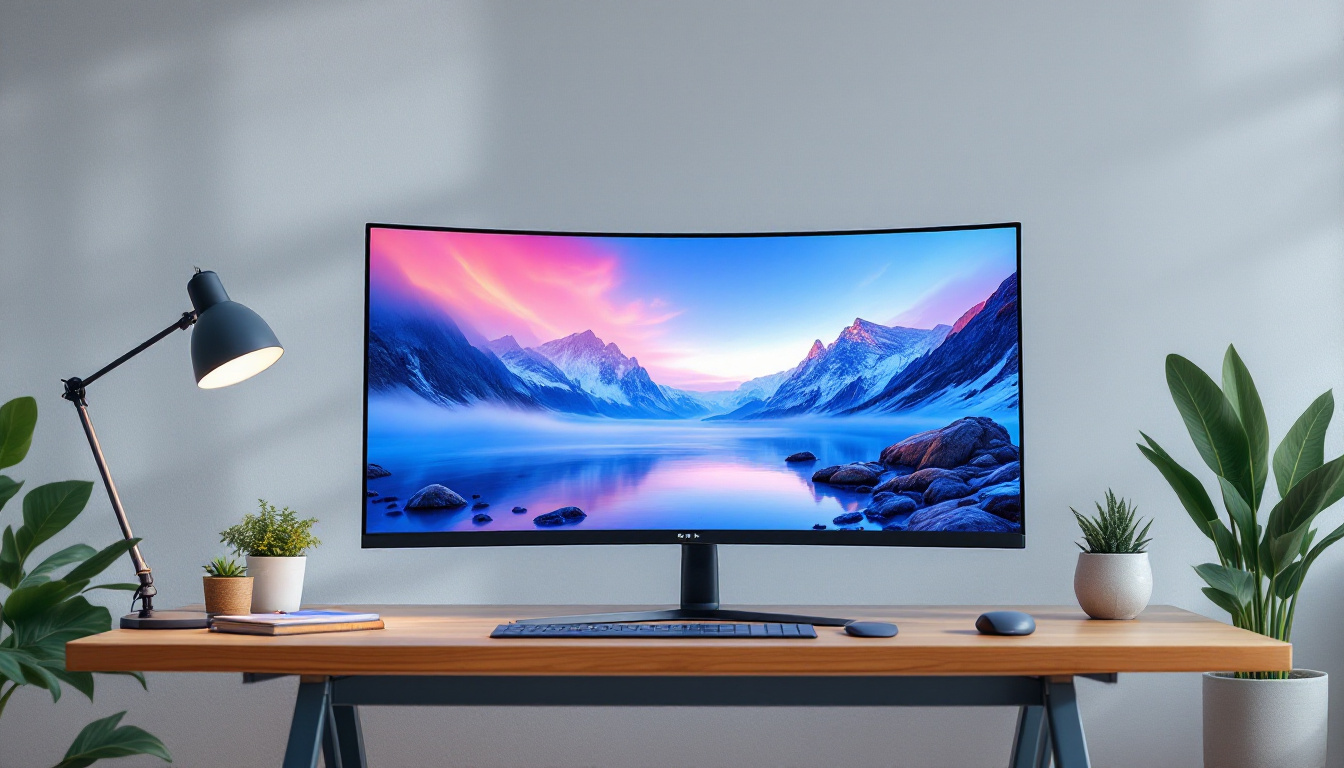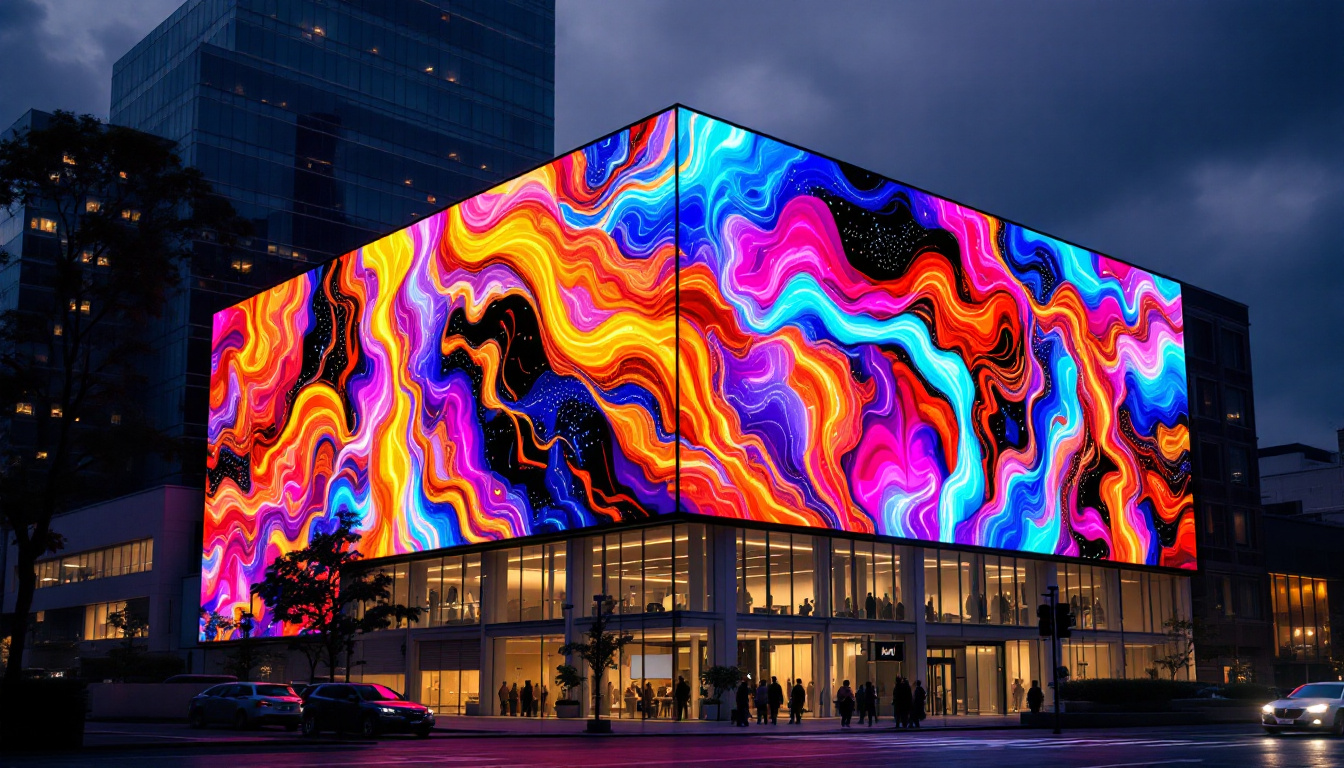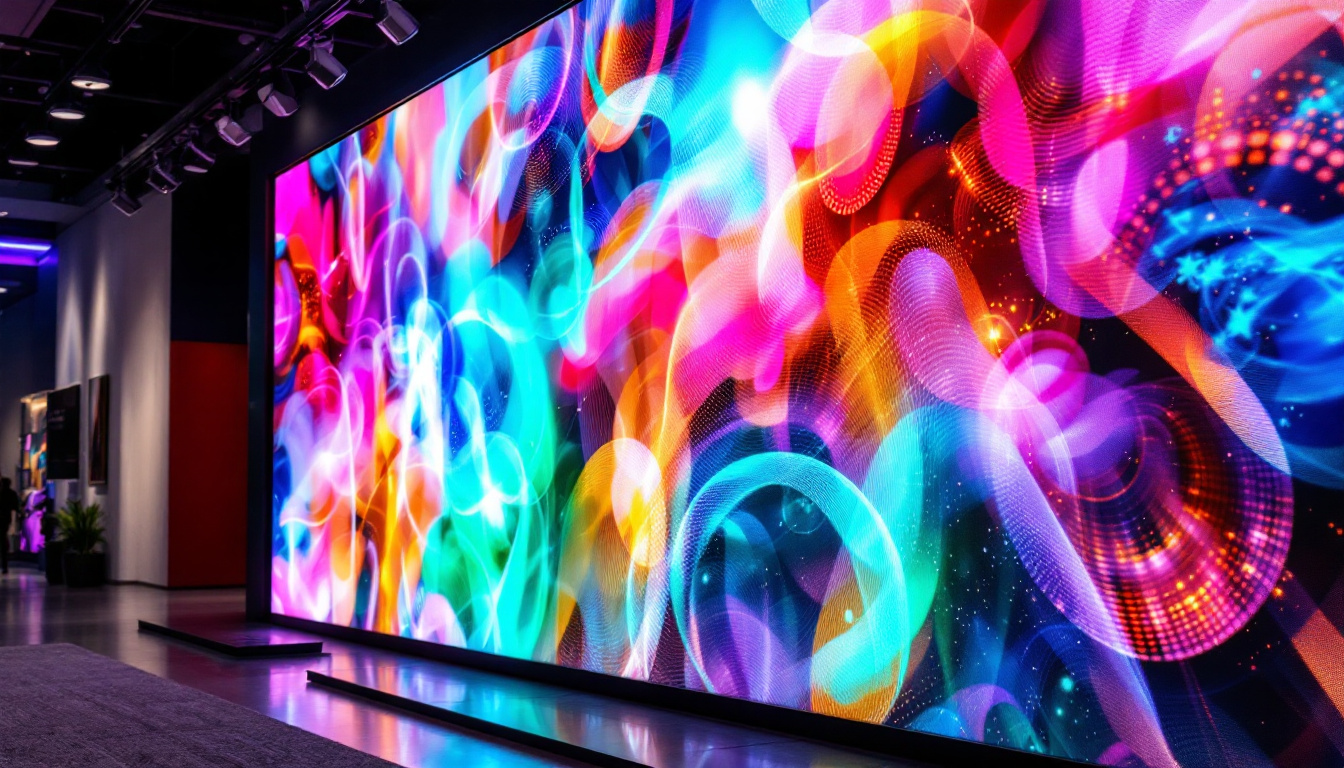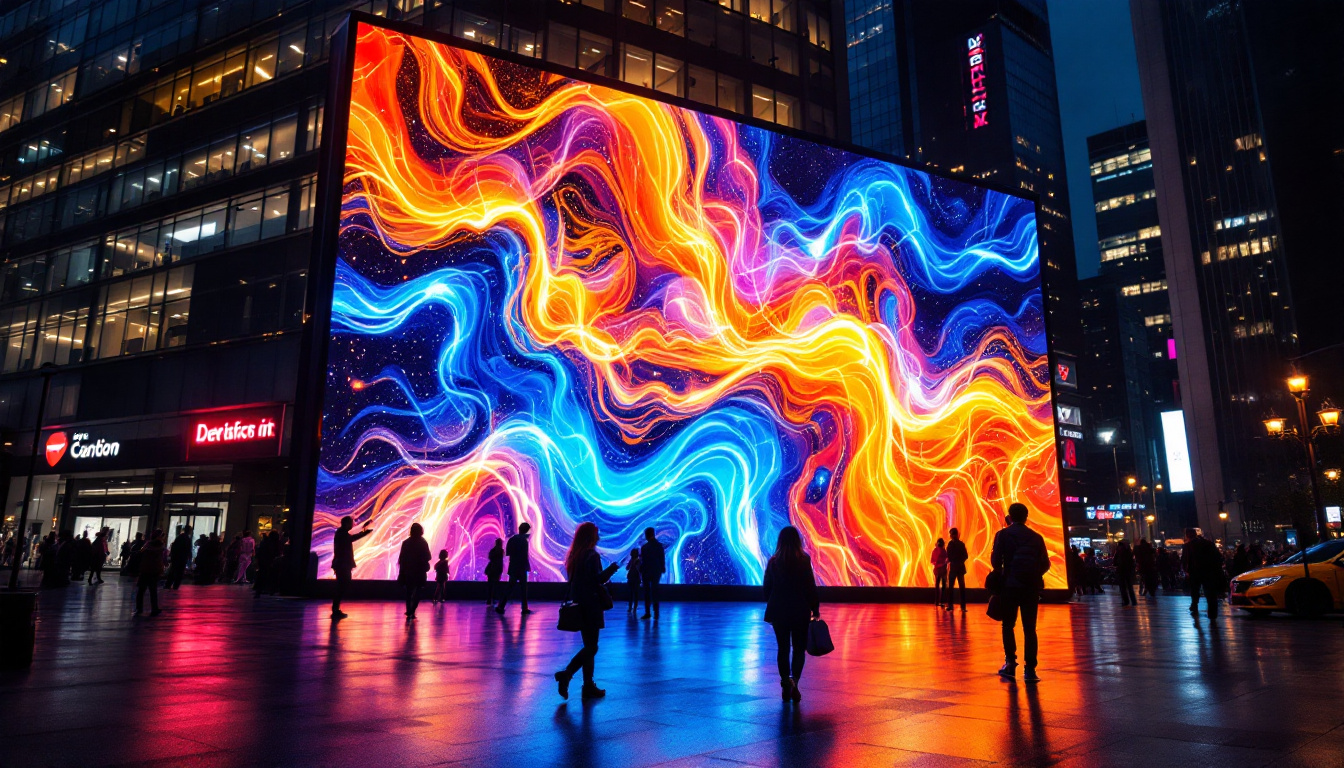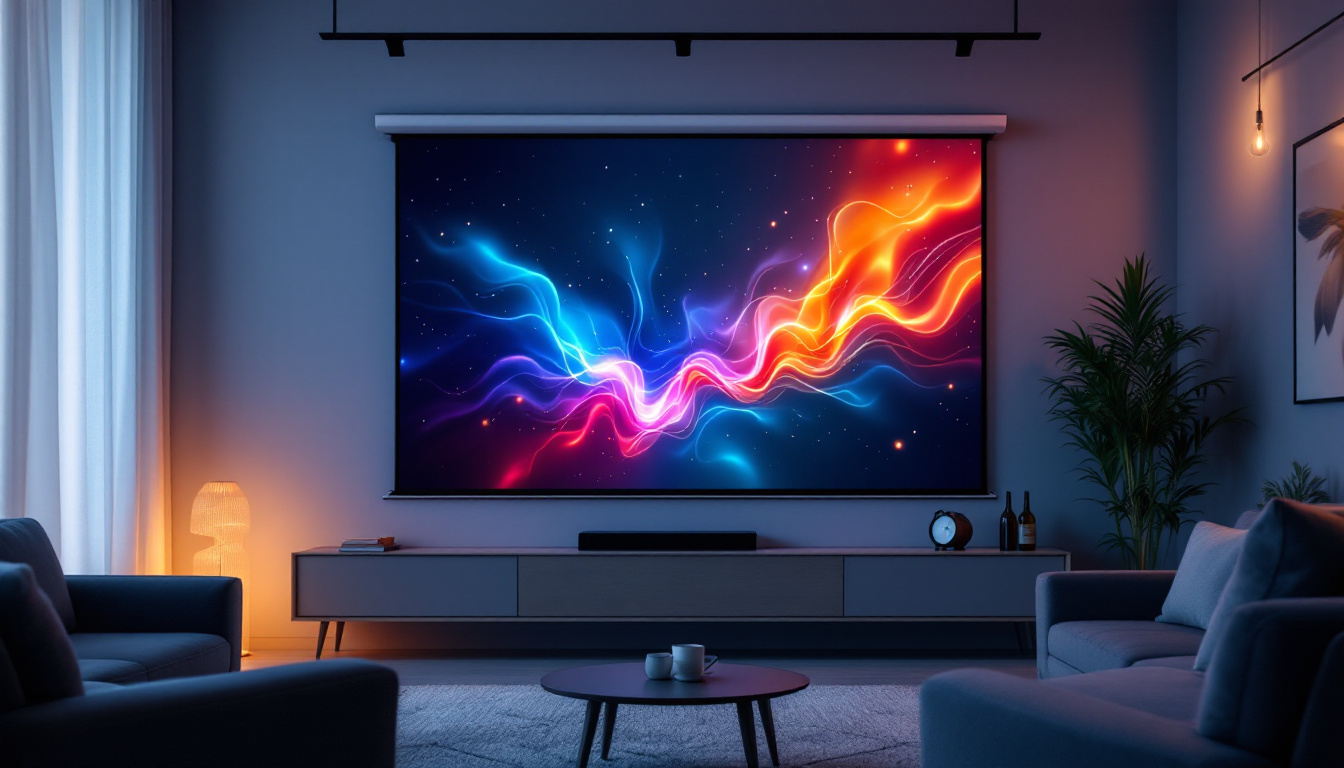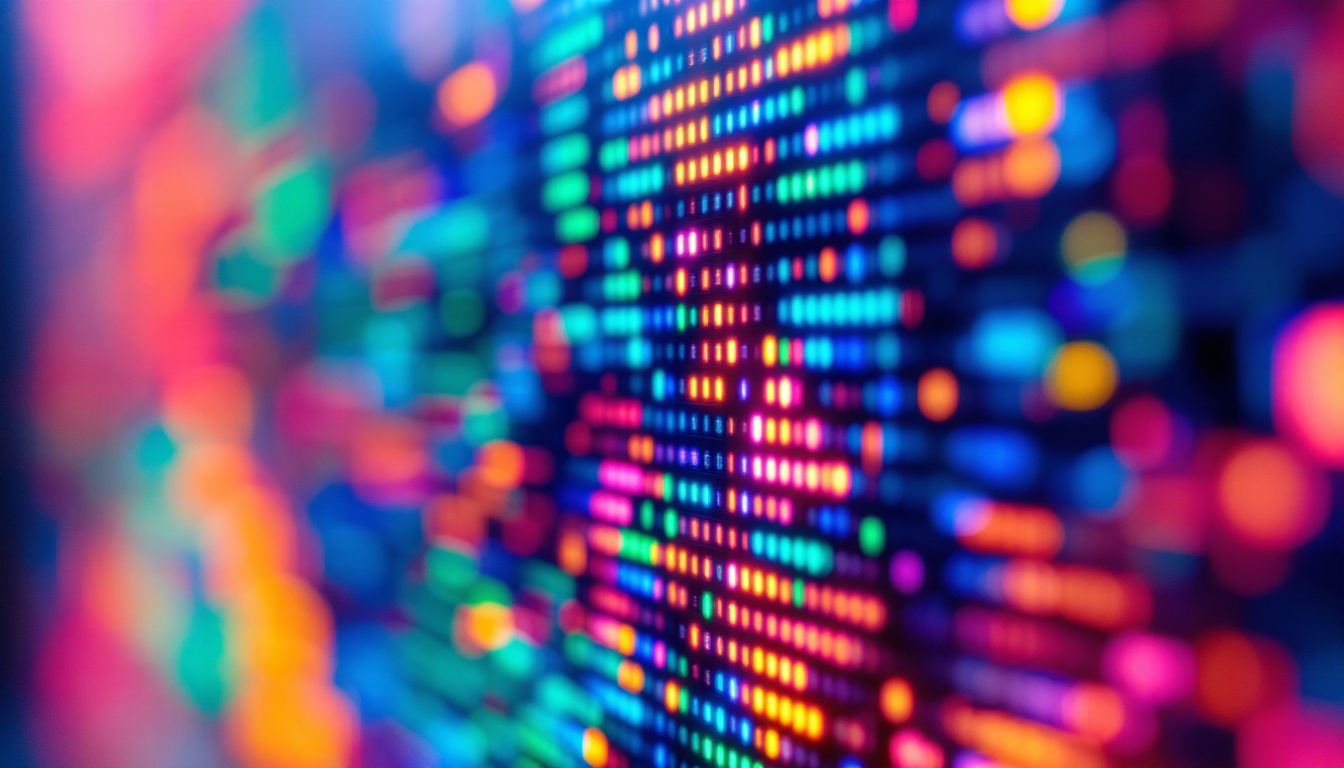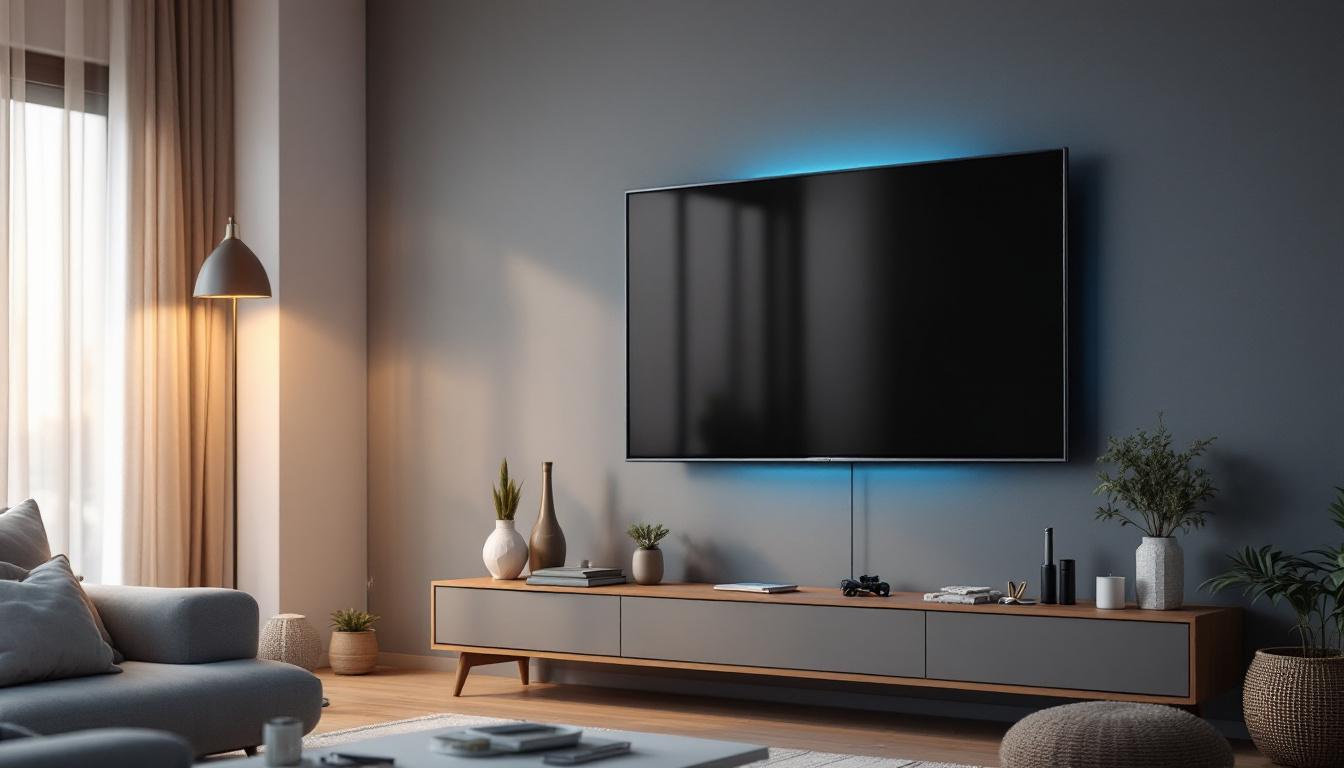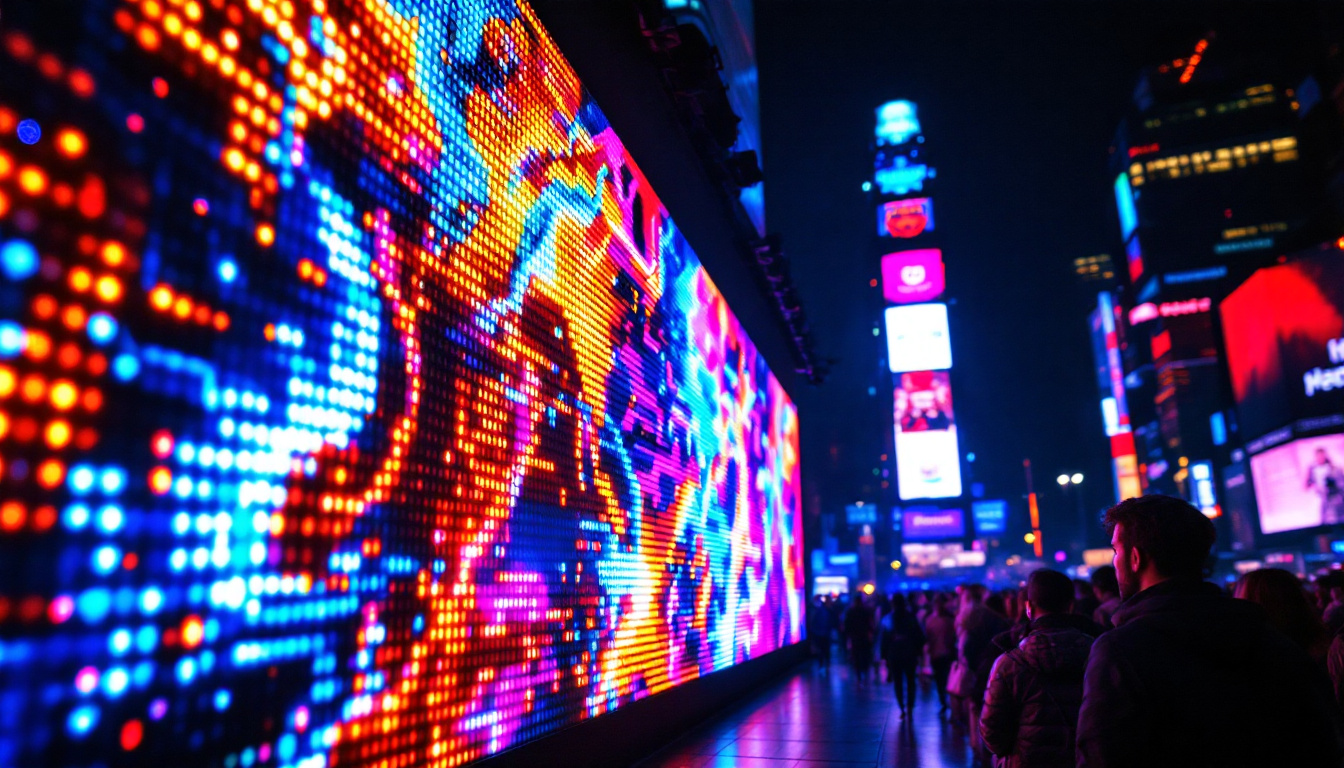The integration of technology in healthcare has transformed the way medical facilities operate, enhancing both patient care and administrative efficiency. Among the various technological advancements, LED displays have emerged as a pivotal component in hospitals, serving diverse functions from patient information systems to wayfinding solutions. This article delves into the significance of LED displays in hospital settings, exploring their benefits, applications, and future potential.
Understanding LED Technology
Light Emitting Diodes (LEDs) are semiconductor devices that emit light when an electric current passes through them. This technology has evolved significantly over the years, leading to the development of LED displays that are not only energy-efficient but also capable of producing high-quality images and text. In the context of hospitals, these displays serve multiple purposes, making them an essential tool in modern healthcare.
How LED Displays Work
LED displays operate using an array of tiny light-emitting diodes. Each diode can produce different colors, and when combined, they create a full spectrum of colors that can be used for various display purposes. The brightness and clarity of LED screens are particularly advantageous in environments like hospitals, where visibility is crucial.
Moreover, the modular nature of LED technology allows for flexibility in design. Displays can be customized in size and shape, making them suitable for various applications, from large digital signage to smaller informational screens located at patient bedsides. This adaptability not only enhances the aesthetic appeal of hospital environments but also allows for better integration into existing architectural designs, ensuring that the displays serve their functional purpose without being obtrusive.
Advantages of LED Displays in Hospitals
One of the most significant advantages of LED displays is their energy efficiency. Hospitals operate around the clock, and the ability to reduce energy consumption without compromising visibility is a considerable benefit. Additionally, LED displays have a longer lifespan compared to traditional display technologies, which translates to lower maintenance costs over time. This longevity is particularly valuable in busy healthcare settings where downtime can disrupt operations and patient care.
Another key benefit is their ability to provide real-time information. Whether it’s updating patients on wait times, displaying health tips, or providing directions within the hospital, LED displays can be updated instantaneously, ensuring that the information is current and relevant. Furthermore, the use of dynamic content can engage patients and visitors, providing them with educational materials or wellness messages that contribute to a more informed and healthier community. As hospitals continue to embrace digital transformation, LED technology plays a pivotal role in enhancing communication and improving the overall patient experience.
Applications of LED Displays in Healthcare Settings
LED displays have a wide range of applications in hospitals, enhancing both patient experience and operational efficiency. Their versatility allows them to be used in various departments and for different purposes.
Patient Information Systems
One of the primary uses of LED displays in hospitals is in patient information systems. These screens can display essential information such as patient names, appointment times, and waiting room statuses. By providing clear and concise information, hospitals can improve patient flow and reduce anxiety associated with waiting times.
Moreover, these displays can be programmed to show educational content, such as health tips or information about specific medical conditions. This not only keeps patients informed but also empowers them to take an active role in their healthcare. For instance, a display might feature a rotating series of videos on managing chronic diseases, dietary advice, or even mental health resources, fostering a more informed patient population. This proactive approach can lead to better health outcomes, as patients who understand their conditions are more likely to adhere to treatment plans and engage in preventive care.
Wayfinding Solutions
Navigating a hospital can be daunting for patients and visitors, especially in large facilities. LED displays serve as effective wayfinding solutions, guiding individuals to their desired locations. Interactive kiosks equipped with LED screens can provide real-time directions and information about various departments, making it easier for patients to find their way.
Additionally, strategically placed LED wayfinding signs can help alleviate congestion in busy areas, ensuring a smoother flow of foot traffic throughout the hospital. These displays can also be integrated with mobile applications, allowing users to input their destination and receive step-by-step navigation assistance. This integration not only enhances the user experience but also reduces the burden on hospital staff, who often spend time directing visitors. Furthermore, the use of multilingual displays can cater to diverse populations, ensuring that language barriers do not hinder access to care.
Emergency Notifications and Alerts
In emergency situations, timely communication is critical. LED displays can be utilized to broadcast emergency alerts and notifications throughout the hospital. Whether it’s a fire alarm, a lockdown situation, or important announcements, these displays can quickly disseminate information to staff and visitors alike.
The ability to change messages instantly ensures that everyone within the facility is aware of potential dangers or necessary actions, thereby enhancing overall safety. Additionally, these displays can be programmed to relay specific instructions during emergencies, such as evacuation routes or safe zones, ensuring that individuals know exactly what to do in critical moments. This capability can be further enhanced by integrating the LED systems with the hospital’s emergency response protocols, allowing for automated alerts that can be triggered by specific incidents, thus streamlining communication during crises and potentially saving lives.
Enhancing Patient Experience with LED Displays
In addition to operational benefits, LED displays play a significant role in enhancing the overall patient experience. Creating a welcoming environment is crucial in healthcare settings, and LED displays can contribute to this goal.
Entertainment and Information
Many hospitals have begun to incorporate entertainment options for patients, especially in waiting areas and patient rooms. LED displays can showcase movies, educational videos, or calming visuals, helping to distract patients from their discomfort and anxiety.
Furthermore, these displays can provide essential information about hospital services, upcoming events, or support groups, fostering a sense of community and engagement among patients and their families.
Art and Aesthetics
LED displays can also serve an artistic purpose. Hospitals are increasingly using digital art installations to create a more pleasant and healing environment. These displays can feature rotating artworks or calming nature scenes, contributing to a soothing atmosphere that promotes healing.
By integrating art and technology, hospitals can enhance the aesthetic appeal of their spaces, making them more inviting for patients and visitors alike.
Considerations for Implementing LED Displays
While the benefits of LED displays are clear, there are several considerations that hospitals must take into account when implementing this technology. Proper planning and execution are essential to maximize the advantages while minimizing potential drawbacks.
Cost and Budgeting
Investing in LED displays can require a significant initial outlay. Hospitals must carefully assess their budgets and determine the return on investment (ROI) associated with these displays. While the long-term savings on energy and maintenance costs can be substantial, the upfront costs can be a barrier for some facilities.
It is crucial for healthcare administrators to conduct a thorough cost-benefit analysis, considering not only the financial aspects but also the potential improvements in patient satisfaction and operational efficiency.
Integration with Existing Systems
Another important consideration is the integration of LED displays with existing hospital systems. For example, patient information systems must be compatible with the display technology to ensure seamless updates and accurate information dissemination.
Collaboration between IT departments and display manufacturers is vital to ensure that the systems work harmoniously, providing a smooth user experience for both staff and patients.
The Future of LED Displays in Healthcare
The future of LED displays in healthcare looks promising, with ongoing advancements in technology and design. As hospitals continue to embrace digital transformation, LED displays are likely to play an even more significant role in enhancing patient care and operational efficiency.
Smart Hospital Integration
As the concept of smart hospitals gains traction, LED displays will be integral to the interconnected ecosystem of healthcare technology. These displays can be linked to various hospital systems, allowing for real-time data sharing and improved communication.
For instance, integrating LED displays with electronic health records (EHR) systems can enable personalized patient information to be displayed in real-time, enhancing the overall patient experience and streamlining workflows for healthcare providers.
Innovative Display Technologies
Emerging technologies, such as flexible LED displays and augmented reality (AR), are set to revolutionize the way information is presented in hospitals. Flexible displays can be shaped to fit unique spaces, while AR can overlay digital information onto the physical environment, providing an interactive experience for patients and staff.
These innovations will not only enhance the functionality of LED displays but also create more engaging and informative environments within healthcare settings.
Conclusion
LED displays have become an essential component of modern hospitals, offering a myriad of benefits that enhance patient care, improve operational efficiency, and create a more welcoming environment. As technology continues to advance, the potential applications of LED displays in healthcare are bound to expand, paving the way for smarter, more connected hospitals.
By understanding the advantages and considerations associated with LED displays, healthcare facilities can make informed decisions about their implementation, ultimately leading to improved patient outcomes and satisfaction. The future of LED displays in hospitals is bright, and as the healthcare landscape evolves, these displays will undoubtedly play a crucial role in shaping the way care is delivered.
Discover LumenMatrix LED Display Solutions for Healthcare
As you consider the future of patient care and hospital efficiency, take the next step with LumenMatrix’s advanced LED display technology. Our innovative solutions, from Indoor and Outdoor LED Wall Displays to specialized Floor and Custom LED Displays, are designed to meet the dynamic needs of modern healthcare facilities. Embrace the power of visual communication with LumenMatrix and create an environment that not only informs and guides but also inspires and heals. Check out LumenMatrix LED Display Solutions today and see how our displays can transform your hospital’s patient experience.

